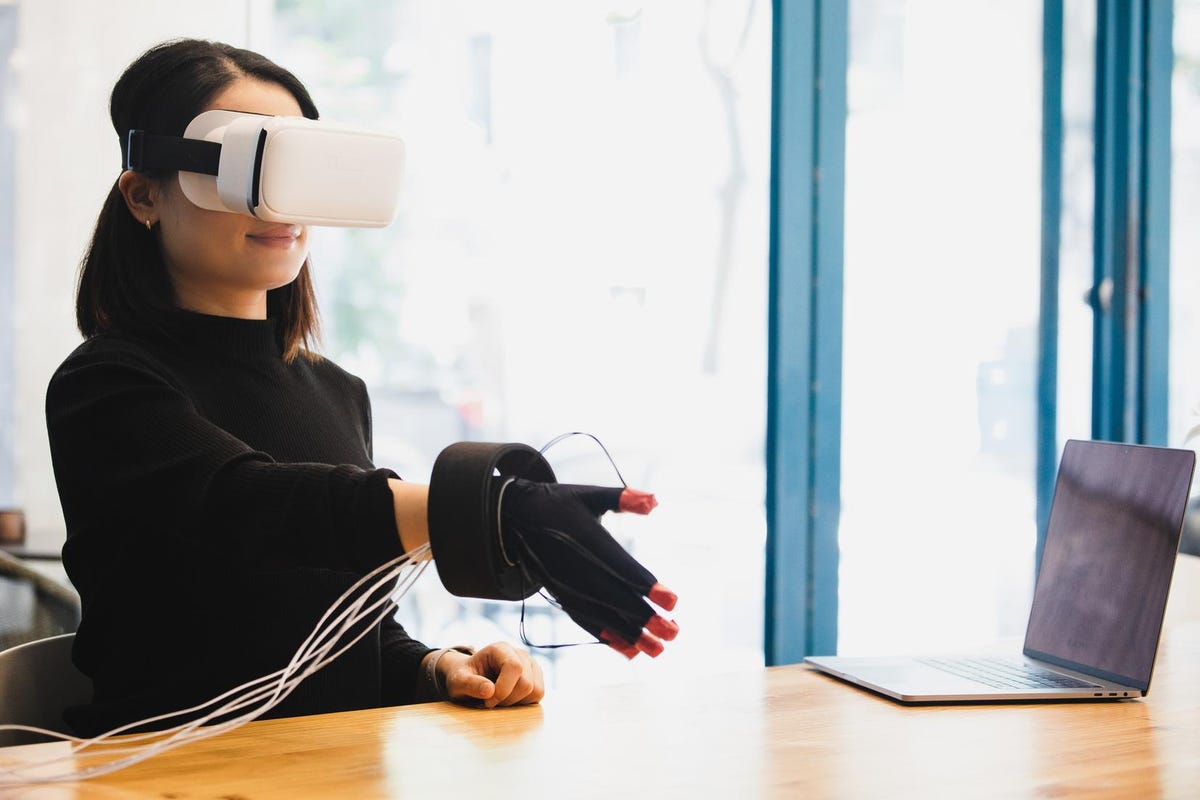One of the most significant technological developments on the horizon is the shift from Web2 to Web3. As this seismic shift takes place, experiences on the internet are increasingly expected to be more immersive, three-dimensional and virtual. And the full realization of Web3, I believe, will be the metaverse.
I am the CEO of a company that helps with online identity and someone who works with a core team of people who’ve been active online gamers for at least 20 years. We understand the relationship between a consumer and an avatar and an online engagement process.Many companies are asking what exactly the metaverse can do for their brands or what their brands can do in the metaverse. These new, immersive, virtual environments have the potential to provide a fresh approach to staying relevant to existing customers while attracting new ones.
Many premiere consumer, entertainment and luxury brands are already making forays into this space. Long-established and newer companies alike need to consider various engagement strategies to reach audiences of all shapes, sizes and ages. There are several approaches brands can take to reach consumers in the metaverse.
Engagement And Awareness
One of the most basic ways that brands can get started in the metaverse is by taking full advantage of gaming, which offers fully realized immersive experiences few others can provide right now. Many have partnered with established video game developers and platforms to create interactive experiences. For example, Nike partnered with Roblox to create Nikeland. Users can participate with their friends in games like tag or dodgeball.
Others have taken the extra step and created their own video games within metaverses where players can embark on quests and gather digital collectibles in the same way people can earn points in a standalone game. However, the accumulation of these collectibles could be worth, sold or redeemed as real money. Many companies are entering this space simply for engagement and brand recognition.
The power of these branded experiences lies in how little these have to do with what the company does in real life. Yet, because of the game-like nature of these interactive experiences, Gen Z is firmly aligning itself with many of them. The overall intention behind these gamified experiences is to generate buzz and recognition and engender themselves as early adopters in the metaverse.
Special Events
Sometimes companies may not want to take a dedicated approach and instead choose to have a one-time special event. That could be a viable option for a company or entertainment brand. For example, Warner Bros., in preparation for the launch of the film In the Heights, launched a virtual block party hosted on Roblox. Fortnite has hosted several virtual music events, including concerts and premieres. Brands can certainly take advantage of the ability to host virtual events in an existing environment that showcase their products and partnerships, especially if they don’t have the wherewithal to create their own metaverses.
Marketing Opportunities
When companies think about engagement, it’s often with an eye toward converting users into consumers. Many legacy brands are finding ways to further realize the value of their memorabilia, logos and other intangible assets virtually.
For example, Coca-Cola auctioned off valuable memorabilia in the form of NFTs. Balenciaga has accessories such as designer pickaxes and backpacks as well as digital outfits—all available in its virtual boutique in Fortnite. Nike has already filed several trademark applications to produce and sell Nike-branded virtual footwear, apparel and accessories. E-commerce opportunities abound in the metaverse, with fully realized virtual stores being the most obvious. Walmart and Amazon (paywall) recently announced plans for metaverse shopping experiences.
Additional online/offline opportunities could include socialization. McDonald’s recently indicated their entry into the metaverse. Imagine getting together with friends at a virtual restaurant to hang out and order some virtual food. As you consume that food, you may receive “buffs” or “power ups,” like special powers for game quests or a temporary new look for your avatar, and at the same time, that food you ordered virtually is on its way from a delivery service to your real-world door.
Source: https://www.forbes.com/sites/forbesbusinesscouncil/2022/04/13/the-future-of-brand-opportunities-in-the-metaverse/?sh=7e1aedf6709e
